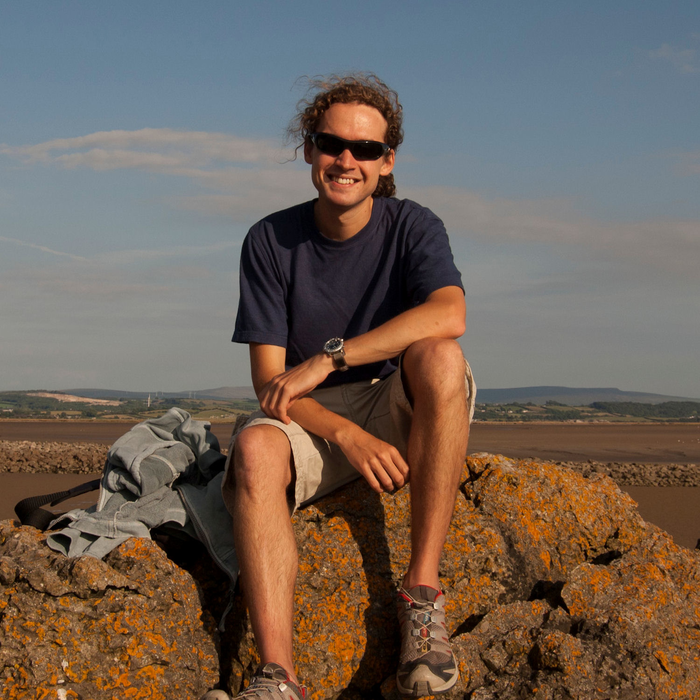Bioturbation in the NanoFASE model
In the NanoFASE water-soil-organism model, bioturbation is modelled by a 1D bioturbation model which splits the soil into a number of layers L, each with a depth dl (m) and concentration of nanomaterial [NM]l (mg/kg soil). On each time step, a certain depth of soil is instantaneously mixed between each adjacent layer. This depth is calculated from the soil turnover rate v (m/s), which we assume is directly proportional to the density of earthworms in the soil w [Rodriguez 2006]. For bioturbation between layers l and l+1,
where β (m4/s) is a bioturbation fitting parameter. From this, we calculate a bioturbation rate (/s) as k(bioturb,l:l+1)=v(l:l+1)/dl. Thus, the nanomaterial concentration in a given layer at time t+1 is calculated as:
where
Used in |
|
|
|
Read more |
Read also |
|
Visit the NanoFASE Library to read summaries of these reports: |
Baccaro, M., Harrison, S., den Berg, H., Sloot, L., Hermans, D., Cornelis, G., van Gestel, C. A., van den Brink, N. W. (2019) Bioturbation of Ag2S-NPs in soil columns by earthworms. Environmental Pollution 252, A, September. doi.org/10.1016/j.envpol.2019.05.106 Rodriguez, M.D., 2006. The bioturbation transport of chemicals in surface soils, Department of Chemical Engineering, Louisiana State University and Agricultural and Mechanical College. |
Contact

Sam Harrison
Centre for Ecology and Hydrology (CEH)
